This exhibition is now closed. Please contact the gallery prior to purchasing art from this exhibition to confirm availability.
13 June - 24 November
An Irish Airman Foresees His Death
To mark the 100th Anniversary of the end of the 1st World War, Hamilton Gallery has chosen W B Yeats poem ‘An Irish Airman Foresees His Death’ as the catalyst for its Invited Artists Exhibition 2018. The poem addresses the dichotomy that existed and still exists around the Irish response to The Great War 1914 -1918.
This is the fourth iteration of Hamilton Gallery’s Annual Invited Artists exhibition series themed around the works of W B Yeats.
Click on image for Light Box view



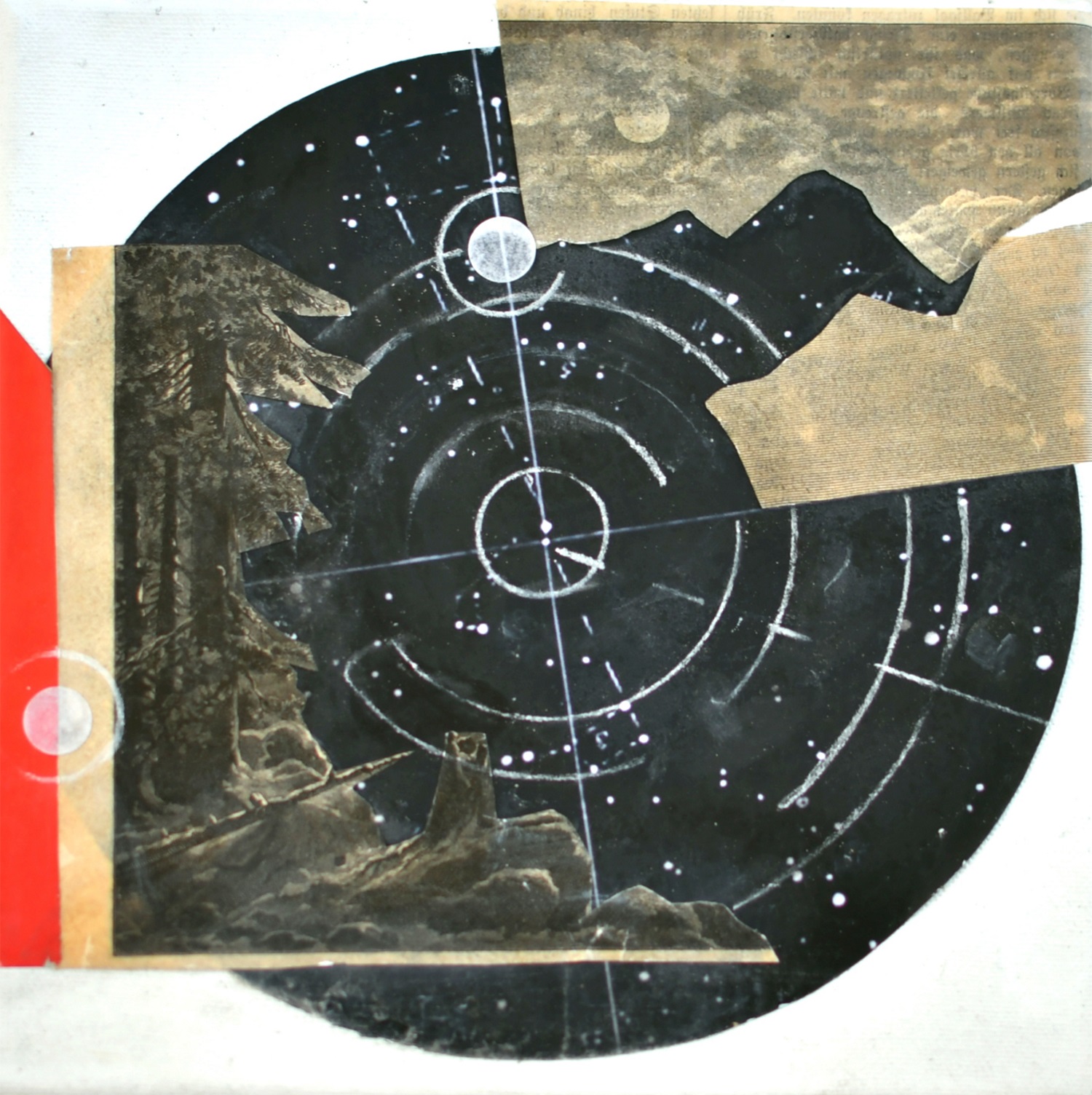























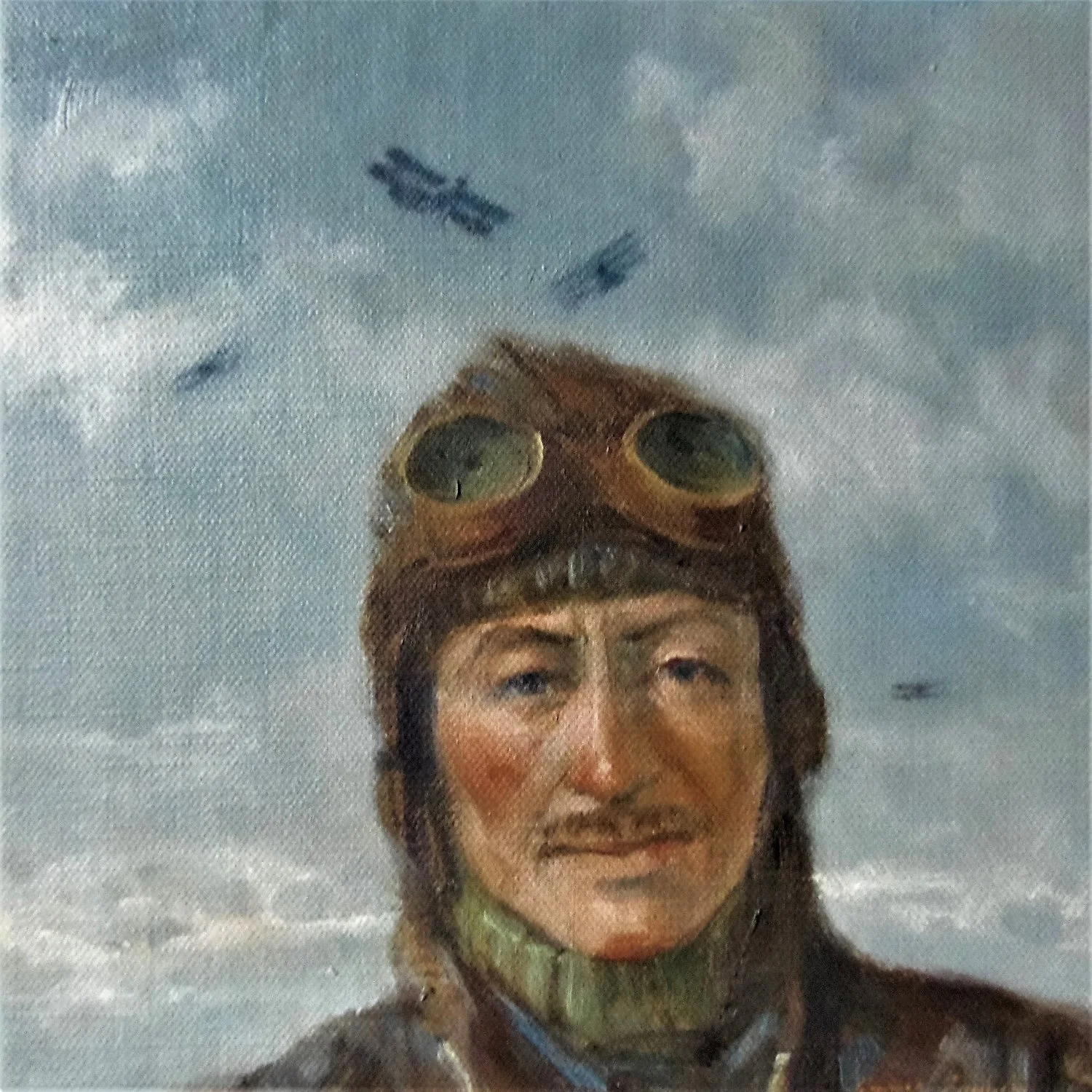


















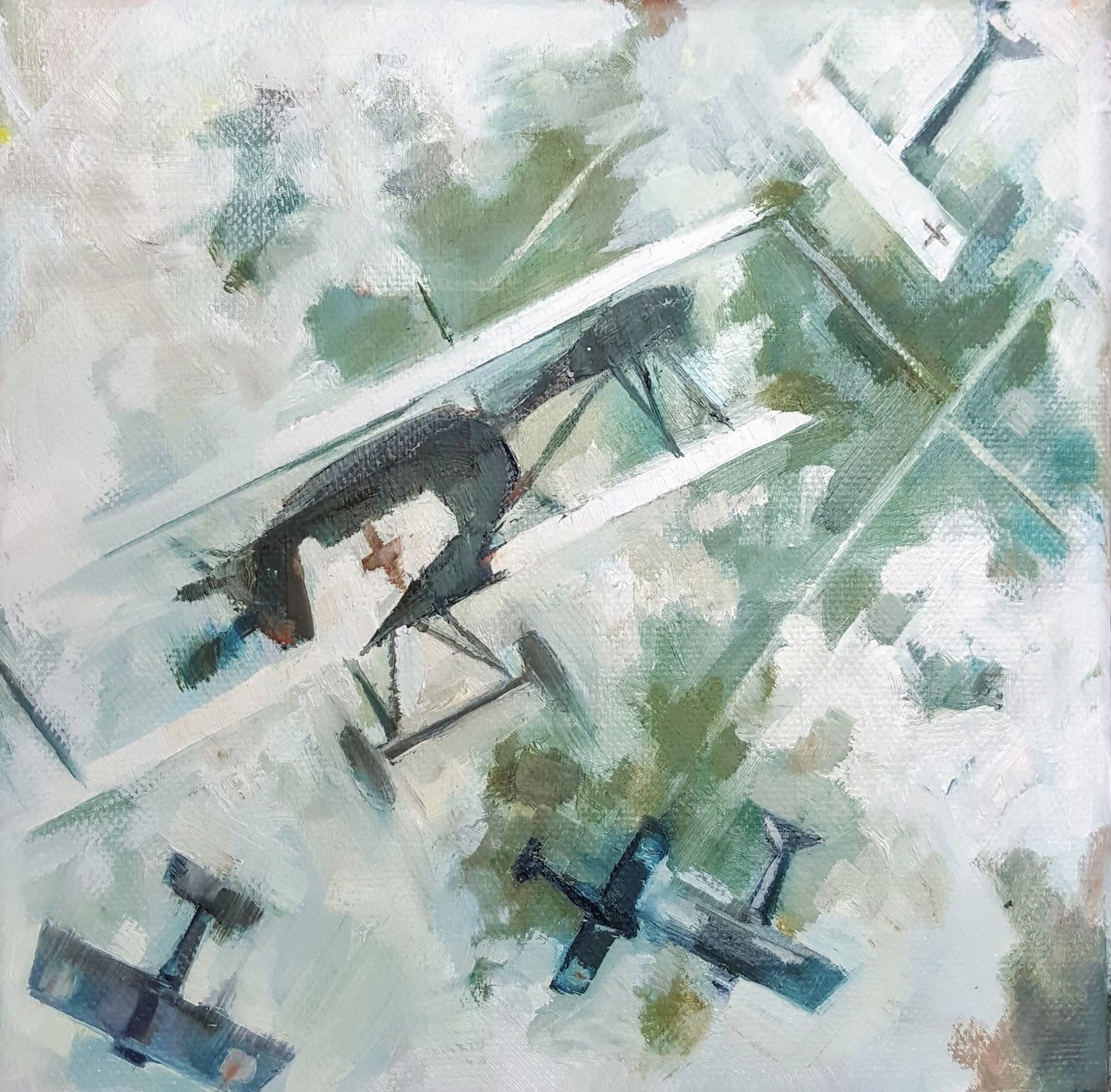










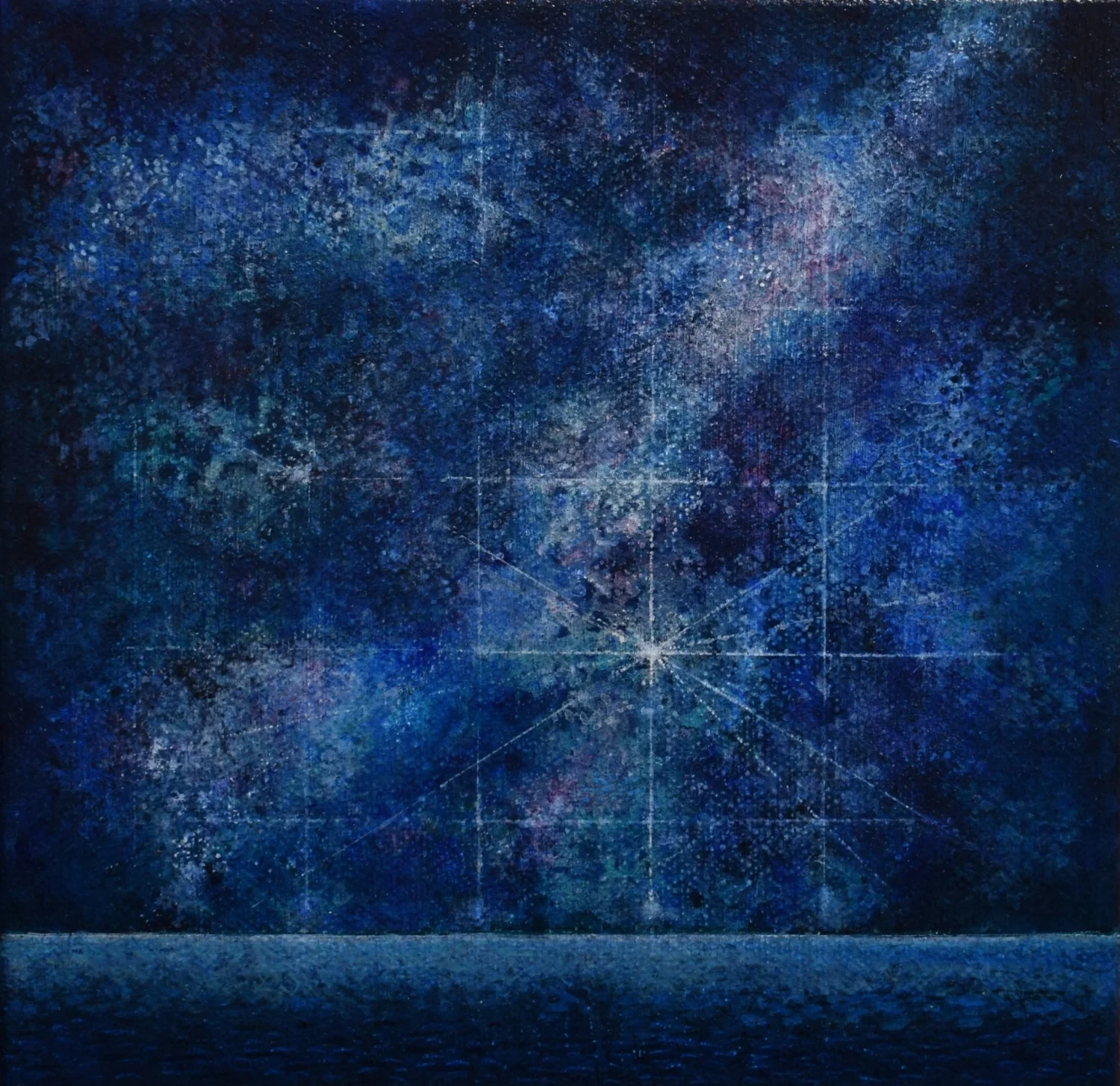












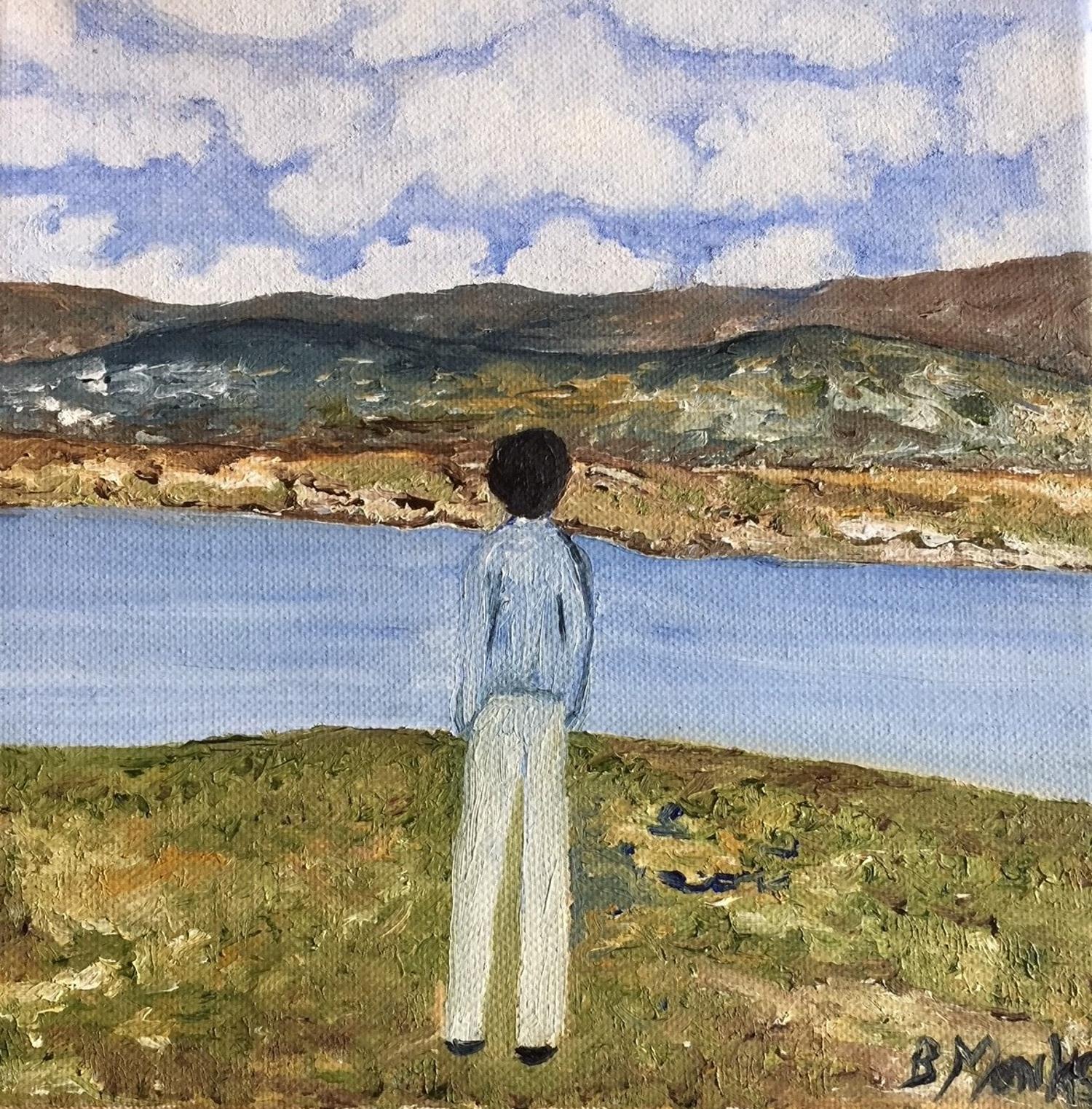





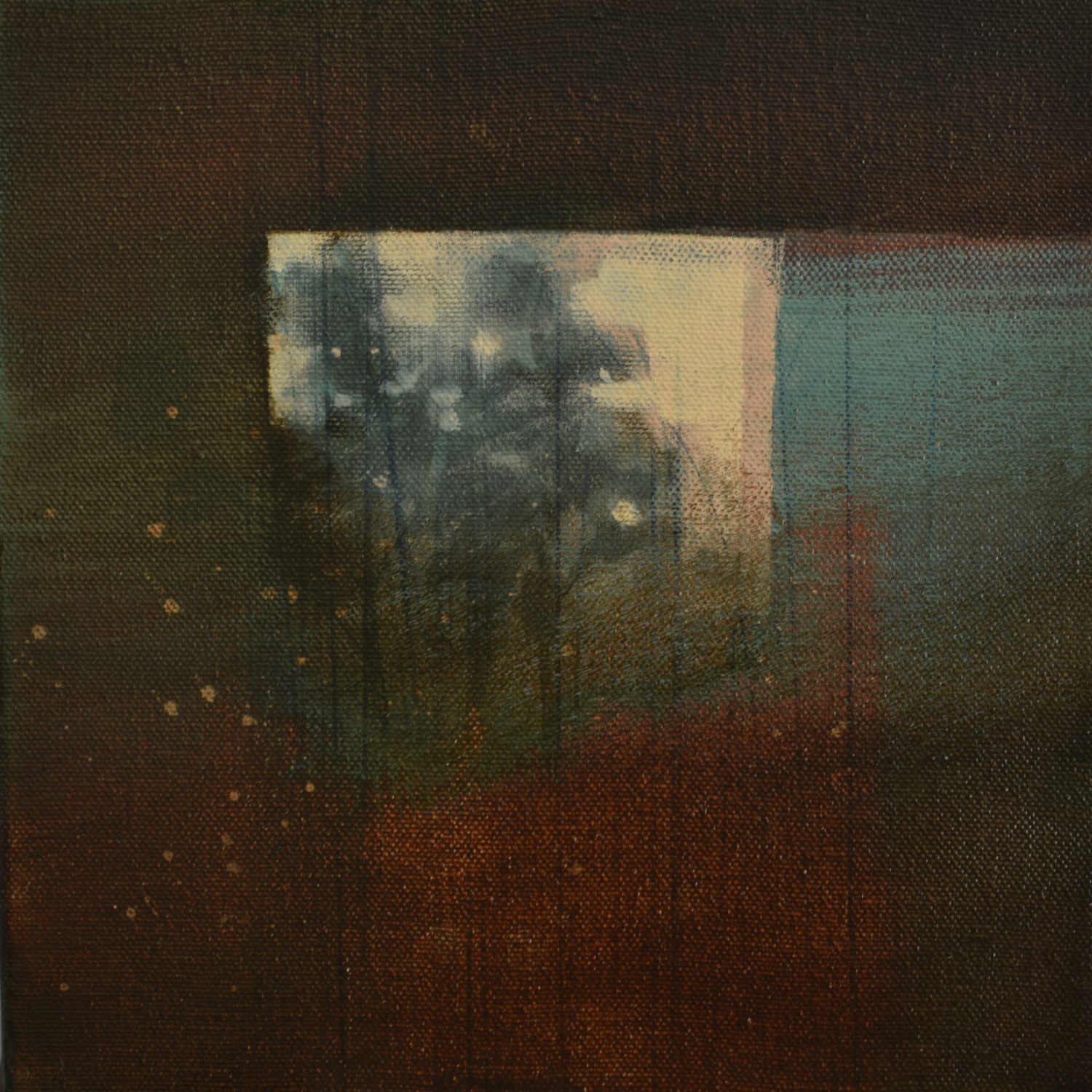



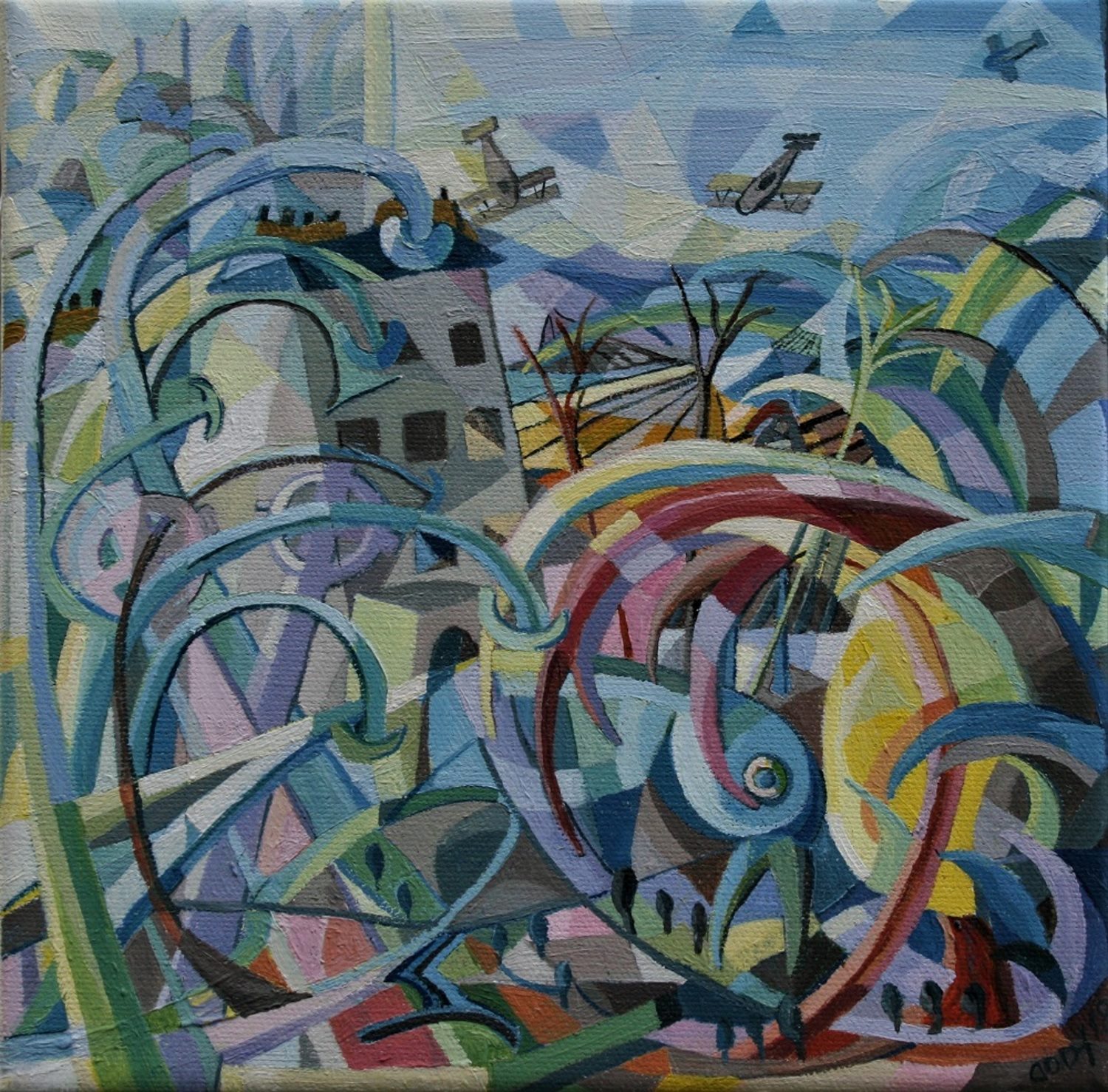





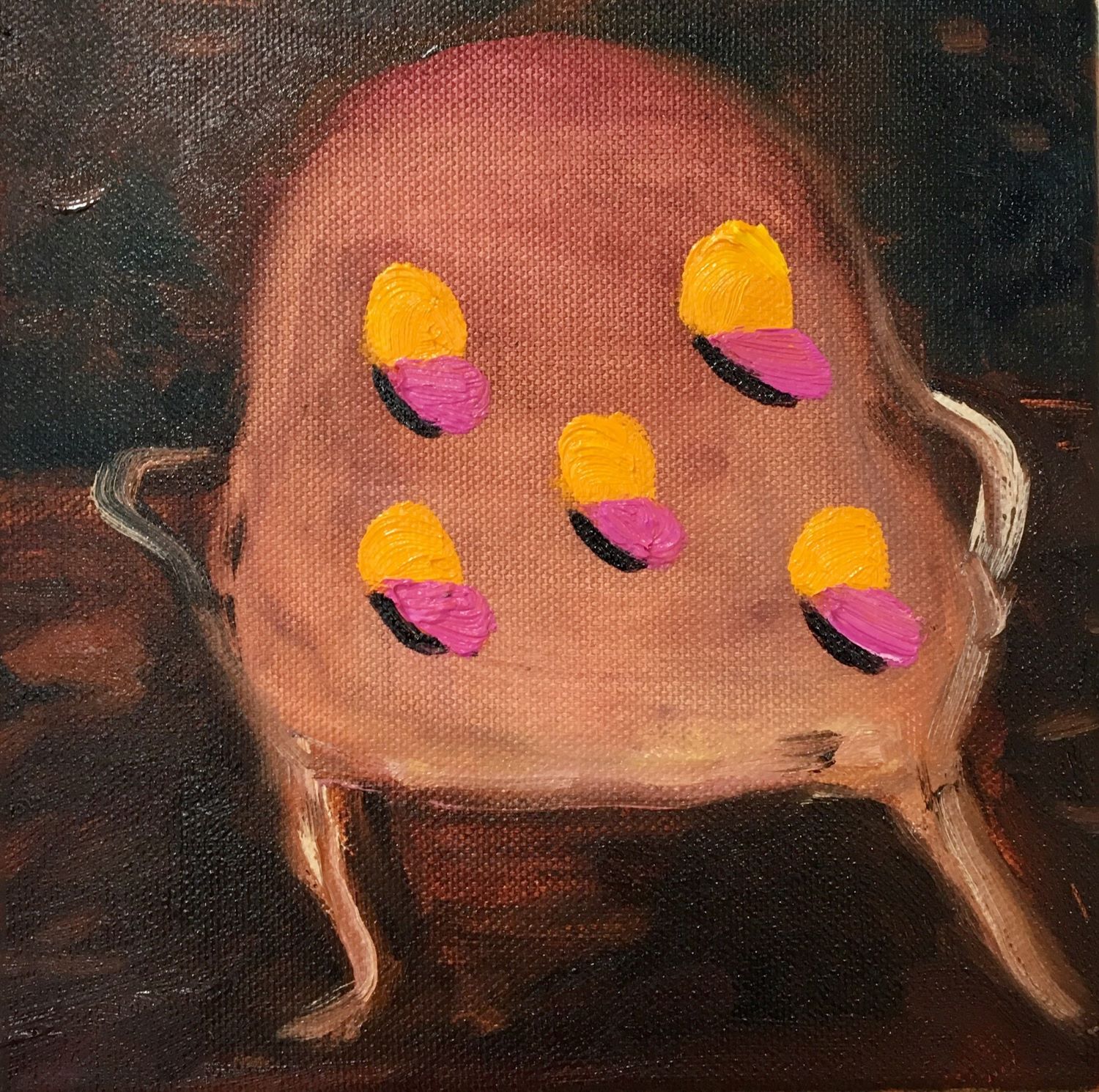


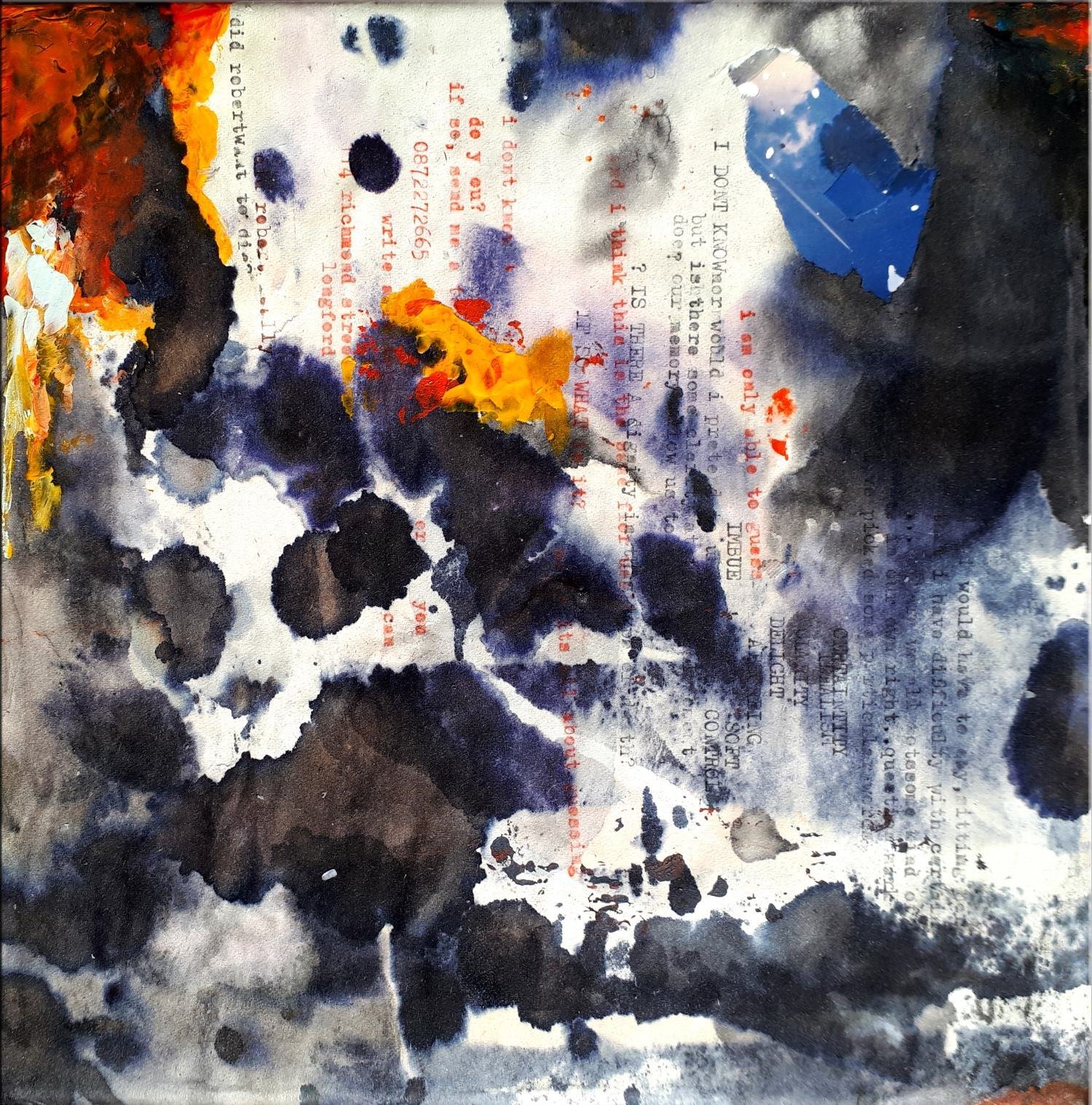



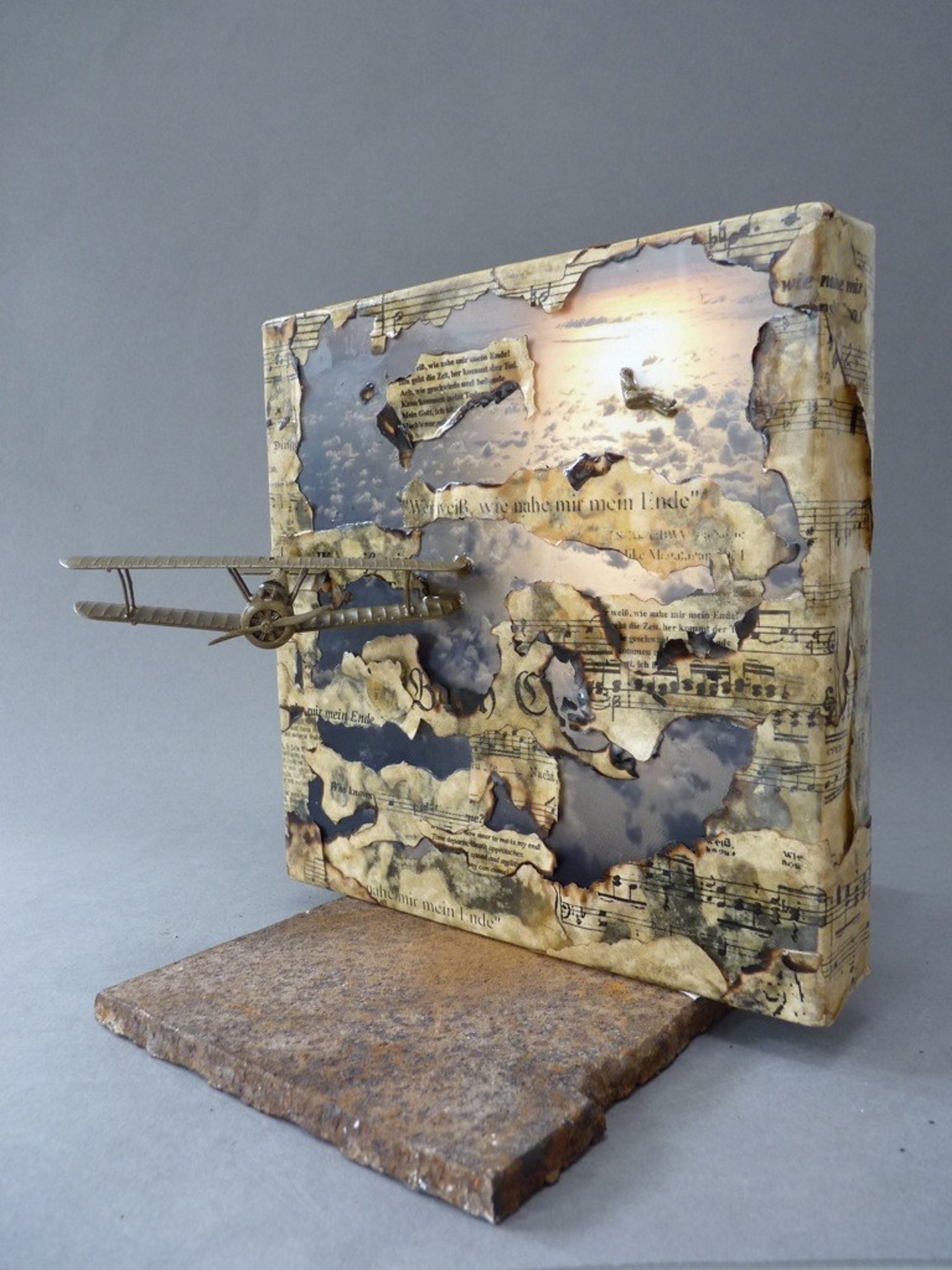


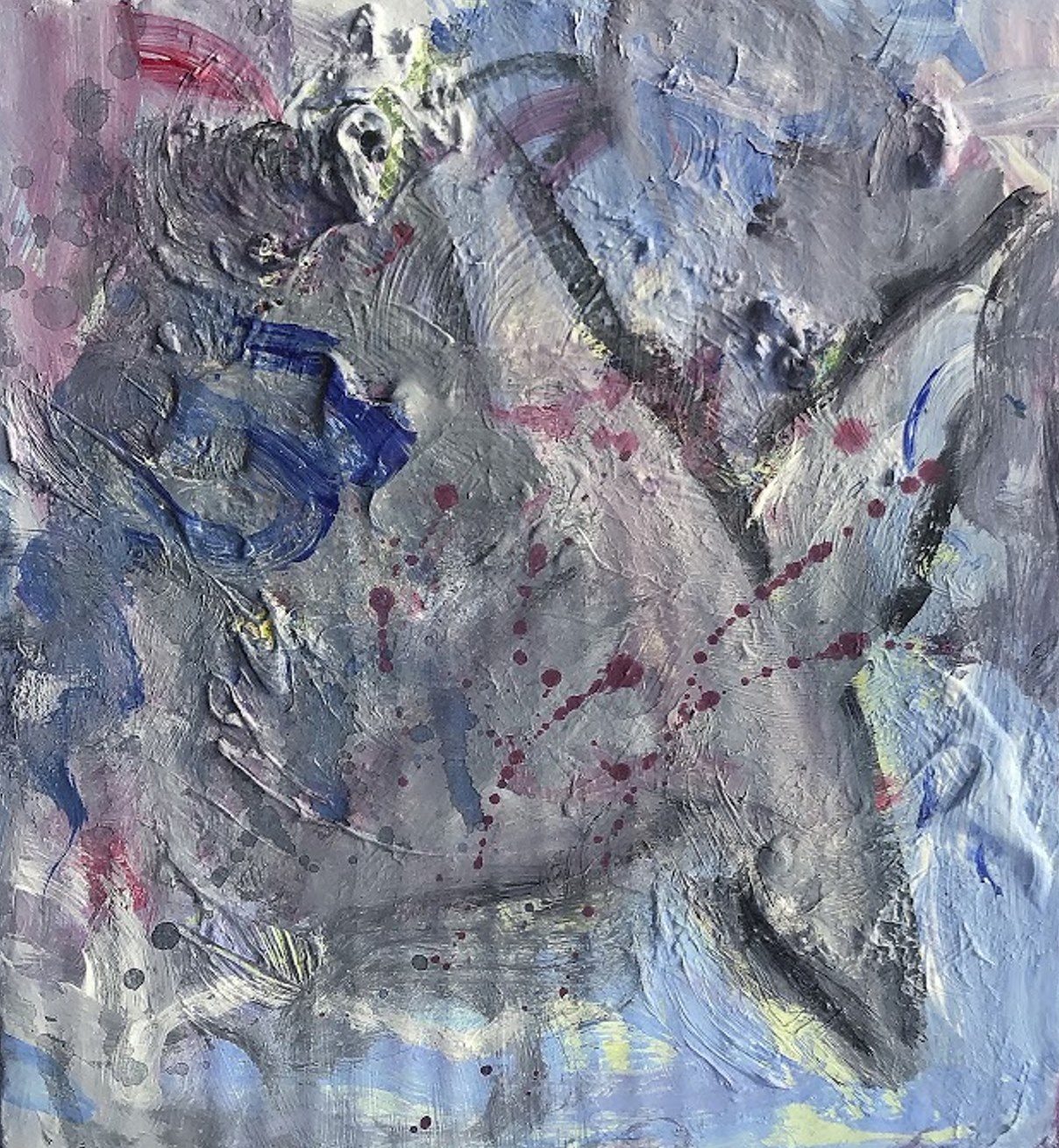






Introduction
‘My country is Kiltartan Cross’ by Professor Seán Golden
‘The long dreaded telegram has come – Robert has been killed in action. … It is very hard to bear’, wrote Lady Gregory to W.B. Yeats when her son’s plane crashed in Italy early in 1918. ‘If you feel like it some time, write something down that we may keep. You understood him better than many’. Yeats responded with four poems, three in the immediate aftermath, immediately published, one published posthumously, held back at her request.
Robert Gregory excelled at cricket. He went to Harrow and Oxford, then the Slade School of Art. He collaborated with Yeats on sets for the Abbey Theatre. He inherited Coole Park. He did not excel at marriage or estate management. Yeats’ constant lengthy visits were welcome to Lady Gregory, but not to Robert and his wife Margaret. Still Yeats eulogised him. ‘Shepherd and Goatherd’ was a first oblique approach. ‘In Memory of Major Robert Gregory’ proclaims ‘Soldier, scholar, horseman, he / As ‘twere all life’s epitome’.
In 1915 Gregory had dreamed of crashing an airplane. ‘An Irish Airman Foresees His Death’ transforms the crash that fulfilled this prophecy into an equanimous gaze on past and present, life and death, foreshadowing the ‘cold eye’ from ‘Under Ben Bulben’ on Yeats’ tombstone. As if in a séance, Gregory’s voice declines any conventional justification of his geste. Yeats sees it not as nationalism –‘Those that I fight I do not hate, / Those that I guard I do not love’. Nor as a response to a call –‘Nor law, nor duty bade me fight, / Nor public man, nor cheering crowds’. His motivation is abstract –‘a lonely impulse of delight’. The war is abstract too –‘a tumult in the clouds’. Yeats’ Gregory identifies himself with the folk Ireland his mother explored. ‘My country is Kiltartan Cross, / My countrymen Kiltartan’s poor’ (ignoring how much their poverty was due to his father’s notorious ‘Gregory clause’).
The artists in this show have chosen to image the themes of the poem on a continuum running from the literal to the abstract. There are planes and airmen and landscapes. Some imagine what an ‘impulse of delight’ might look like, some a ‘tumult in the clouds’ or loneliness itself, often in images without a human presence. Many imagine the fall –often of an Icarus/airman– or the crash itself. Some the war.
Yeats had no direct experience of war when he wrote these poems. In commemorating the centenary of the Armistice this year, we commemorate the very many Irish people involved in that War. The centenaries still to come will be ever more complicated to commemorate. By 1920, when Yeats wrote ‘Reprisals’, the poem he held back, direct experience of war had come to Ireland. Yeats asks would ‘certain second thoughts have come / Upon the cause you served, that we / Imagined such a fine affair’ did Gregory of Kiltartan know ‘Half-drunk or whole-mad soldiery / Are murdering your tenants there’, and consigns him to ‘the other cheated dead’.
Professor Sean Golden was born of Irish parents in London. Early childhood was spent in Ballina and Ballaghaderreen. Schooled in Connecticut and Massachusetts. Returned to the home place in Ireland to live.Worked some years in Tianjin (China). Before China, a specialist in Irish Studies and James Joyce; after, a specialist in cross-cultural studies, the social history of translation, as well as Chinese thought, politics, and international relations. Divides his time now among Barcelona (Spain), Ballyconnell (Sligo) and Beijing (China). Full professor and Director of the East Asian Studies & Research Centre, Universitat Autònoma de Barcelona, Spain. Co-editor with Peter Fallon of Soft Day: A Miscellany of Contemporary Irish Literature (1980); published in Cyphers, Force 10, The SHOp, The Stinging Fly, and The Cathach. Numerous translations of Chinese poetry, classical and contemporary.
